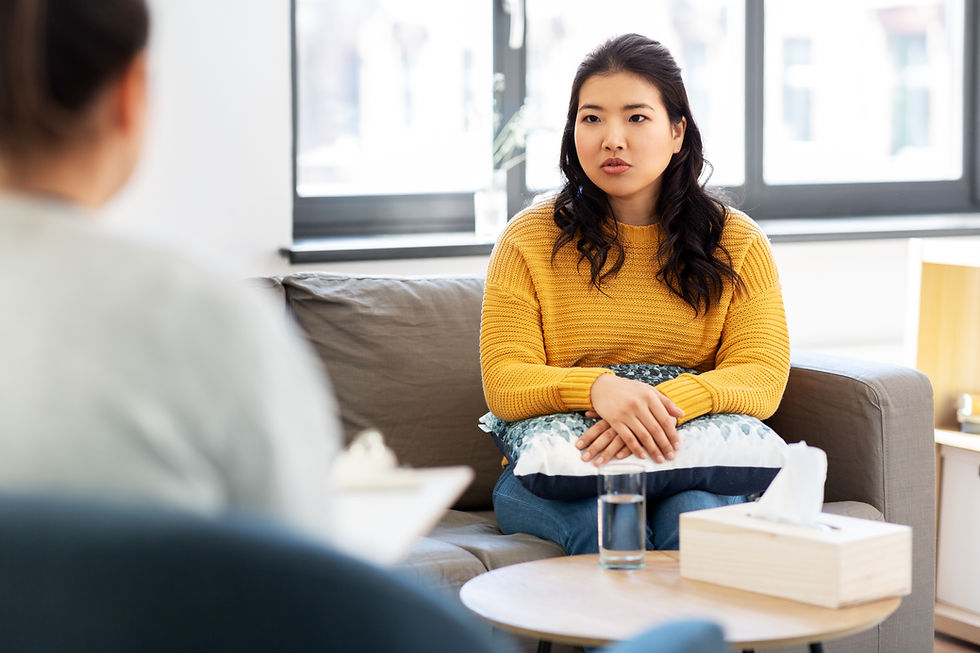Getting Rid of the First Session Jitters
- Shawne Poplar

- Apr 1, 2023
- 1 min read
By: Shawne Poplar, MA LPC Licensed Professional Counselor

Before Session:
The primary purpose of the first session is information-getting and goal-setting. Beforehand, you will complete intake paperwork. Fill out these forms openly and honestly, as the information is used during the first session. You may want to bring an outline of things you would like to address in the first session, or paper to take notes.
During Session:
The therapist will ask you to share in-depth information about what brings you to therapy, your symptoms, and how your daily life has been affected. Collaboratively, you and the therapist will create therapeutic goals. Therapeutic goals are what you would like to have accomplished when therapy is complete. Your therapist will monitor your progress and make adjustments based on your needs. Additionally, your therapist will provide information about their therapeutic process, share the appropriate method for communication in between sessions, and make your next appointment. The first session is typically 50-55 minutes, which is slightly longer than a standard session. By the end of the session, you should feel comfortable, safe, and open to the idea of communicating more in future sessions.
After Session
Because you may have talked about previously avoided emotions, traumas, and triggers it is not unusual to feel emotionally drained, tired, tearful, or for symptoms to slightly increase after the first session. Thankfully, every session will not feel this way. Your therapist will teach you coping skills to handle the temporary lows. Hopefully, this has helped you feel a little more comfortable attending your first therapy session! Good luck on your healing journey!
- Shawne'




Comments